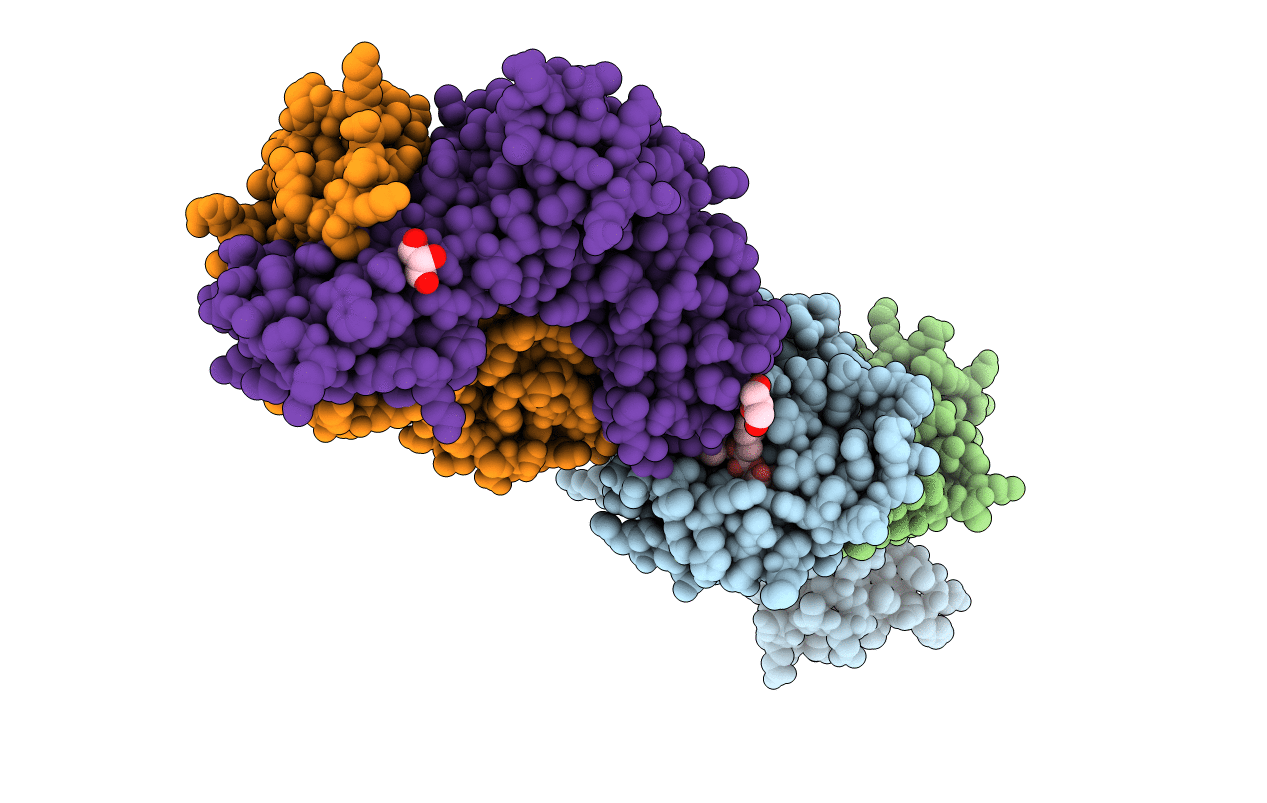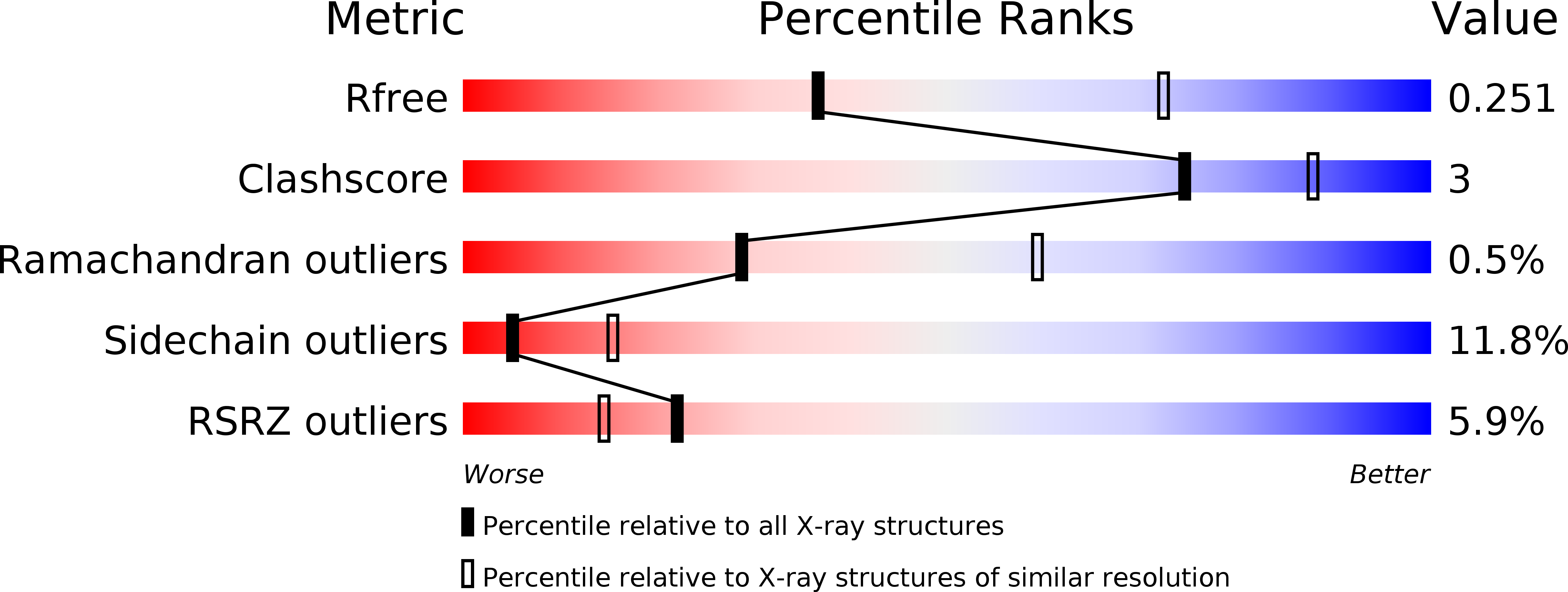
Entry Detail
PDB ID:
3D39
Keywords:
Title:
The complex between TCR A6 and human Class I MHC HLA-A2 with the modified HTLV-1 TAX (Y5(4-fluoroPhenylalanine)) peptide
Biological Source:
Source Organism:
Host Organism:
PDB Version:
Deposition Date:
2008-05-09
Release Date:
2009-06-16
Method Details:
Experimental Method:
Resolution:
2.81 Å
R-Value Free:
0.26
R-Value Work:
0.20
Space Group:
C 1 2 1


